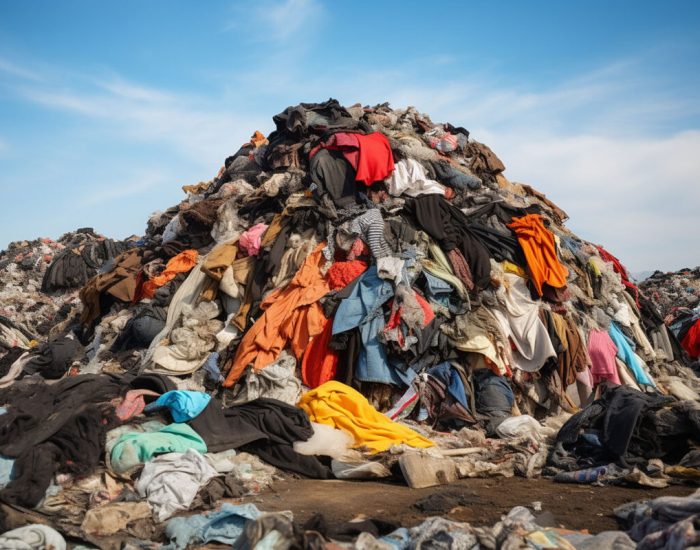Regeneration & Sustainability
MI REGENERATION PROGRAMME
If you’re curious what regenerated yarn is, keep reading!
Regenerated yarn is a type of yarn that is made from recycled materials such as waste
fabrics, old clothing, and other textile waste. The process of making regenerated yarn
involves several steps that help to transform the waste materials into usable yarn.


The first step in making regenerated yarn is to collect the textile waste. This waste can come from a variety of sources, such as leftover fabric from clothing manufacturing, discarded
clothing, and other textile waste. The textile waste is sorted and graded based on its
composition, colour, and quality.
The next step in the process is to clean and prepare the textile waste for processing. This involves removing any dirt or debris that may be present in the waste materials. Once the waste has been cleaned, it is shredded into small pieces and then further processed to break it down into fibres.
Once the textile waste has been broken down into fibres, it is ready to be spun into yarn. This process is similar to the process used to spin traditional yarn from natural fibres such as wool or cotton. The fibres are spun together using spinning machines to create the yarn.
The yarn is combined with a little bit of recycled polyester which comes from water and soda bottles. This material is used for durability and longevity. It ensures that your throw will hold up and last for years to come.
Regenerated yarn can be used in a variety of applications, including clothing, textiles, and home furnishings . By using waste materials to create new yarn, the process of making regenerated yarn is an eco-friendly alternative to traditional yarn production, as it helps to reduce waste and conserve resources.
The next step in the process is to clean and prepare the textile waste for processing. This involves removing any dirt or debris that may be present in the waste materials. Once the waste has been cleaned, it is shredded into small pieces and then further processed to break it down into fibres.
Once the textile waste has been broken down into fibres, it is ready to be spun into yarn. This process is similar to the process used to spin traditional yarn from natural fibres such as wool or cotton. The fibres are spun together using spinning machines to create the yarn.
The yarn is combined with a little bit of recycled polyester which comes from water and soda bottles. This material is used for durability and longevity. It ensures that your throw will hold up and last for years to come.
Regenerated yarn can be used in a variety of applications, including clothing, textiles, and home furnishings . By using waste materials to create new yarn, the process of making regenerated yarn is an eco-friendly alternative to traditional yarn production, as it helps to reduce waste and conserve resources.
Useful Links
Contact Us
Barana Rd, Palheri, Haryana 132103
+91-86850-10302 , +91-99969-10302
Copyright © 2024 Munjal International. All rights reserved. Designed by Techsharks

